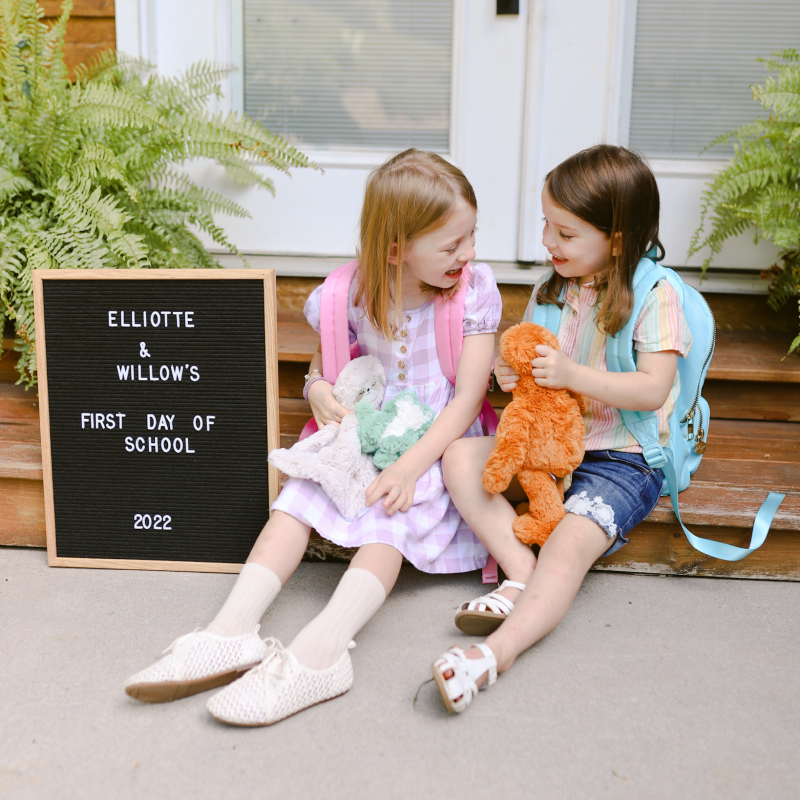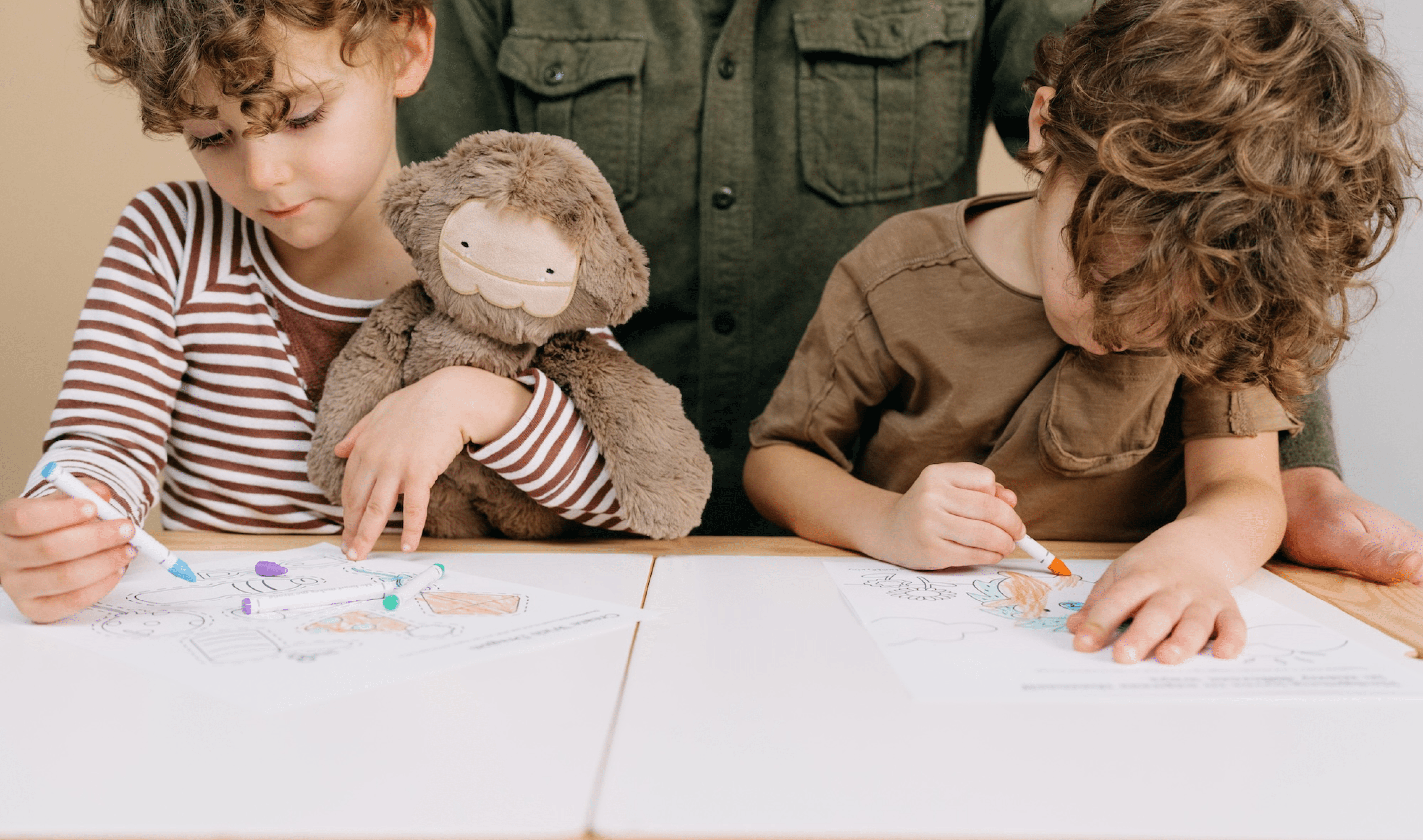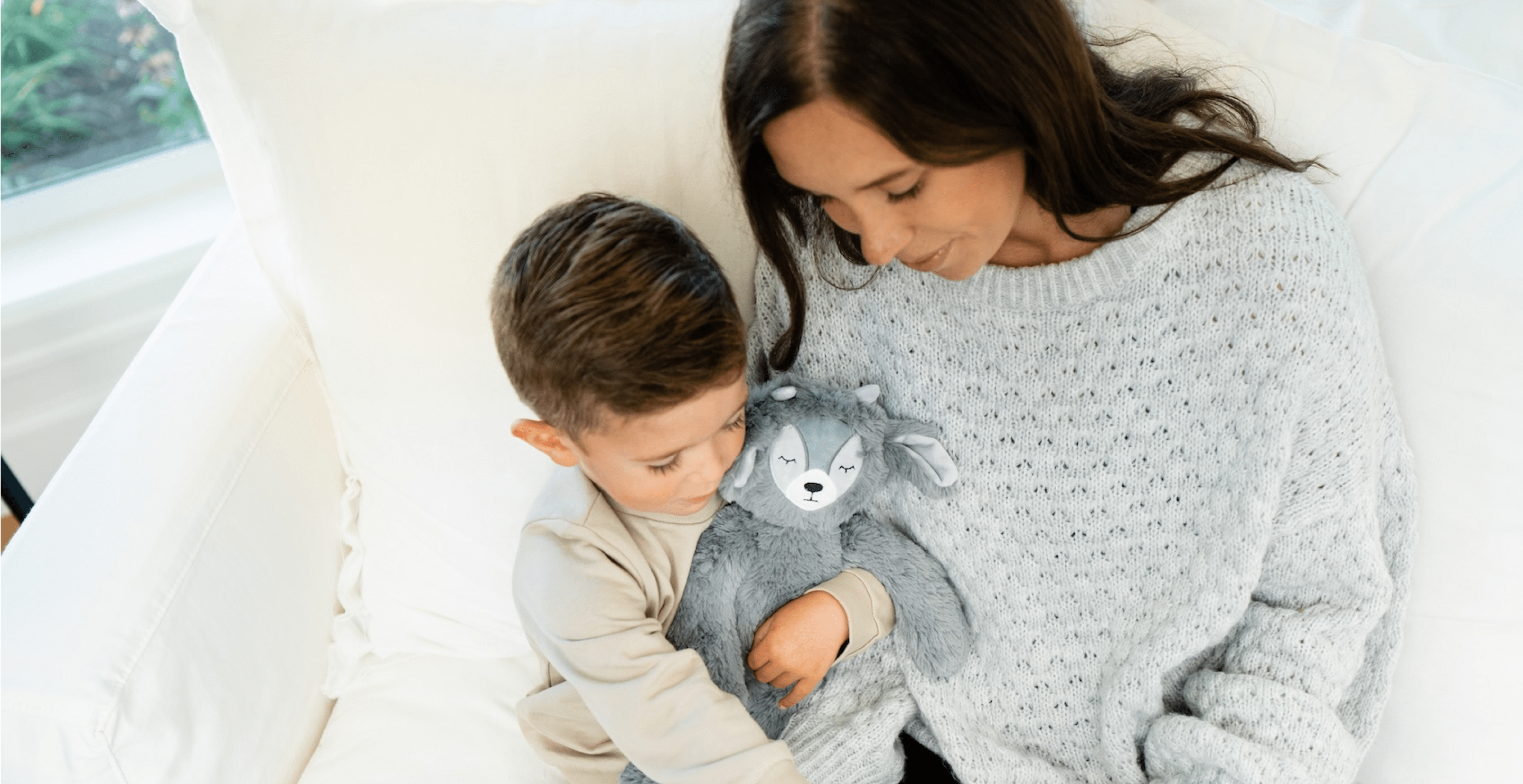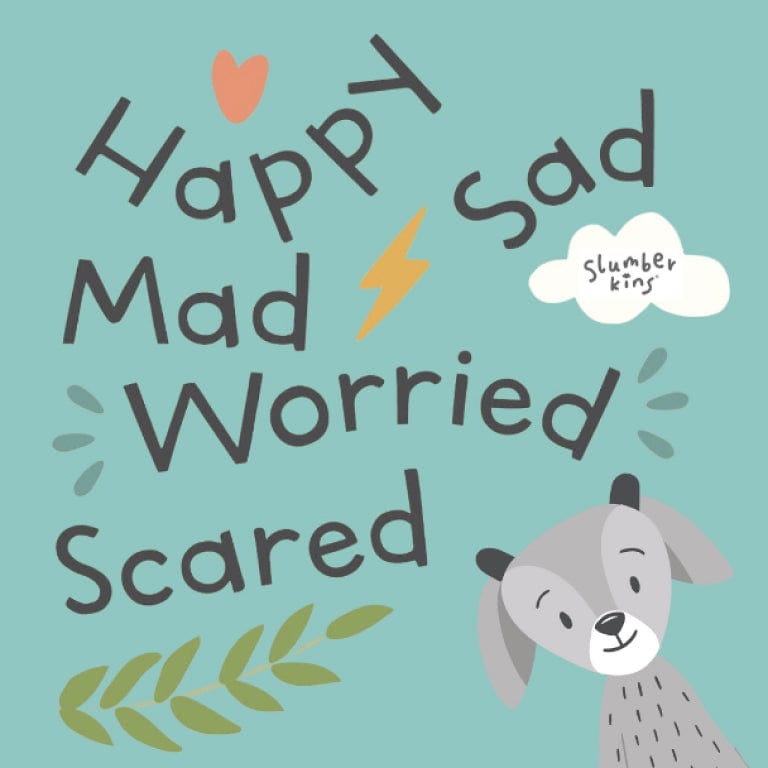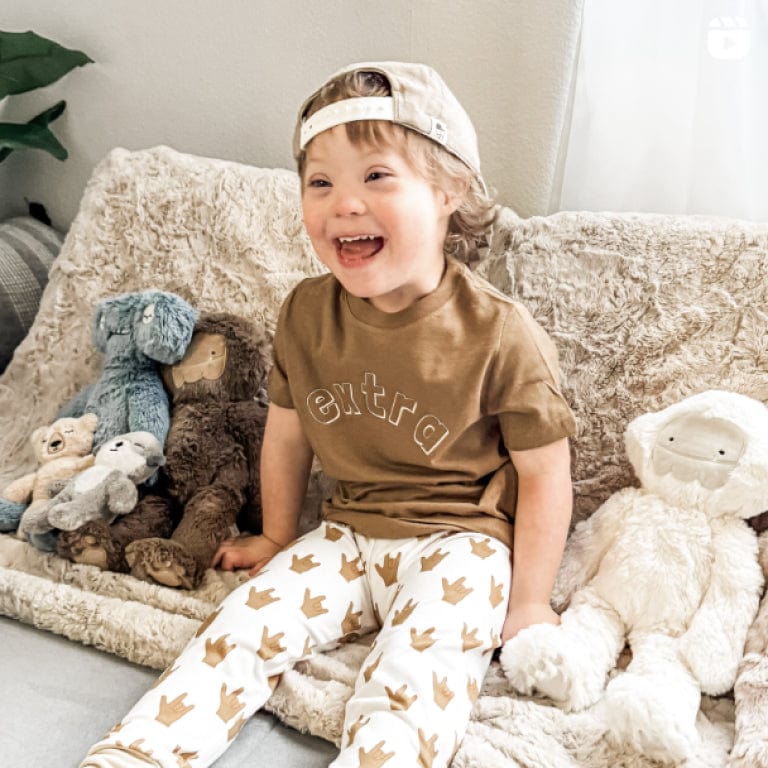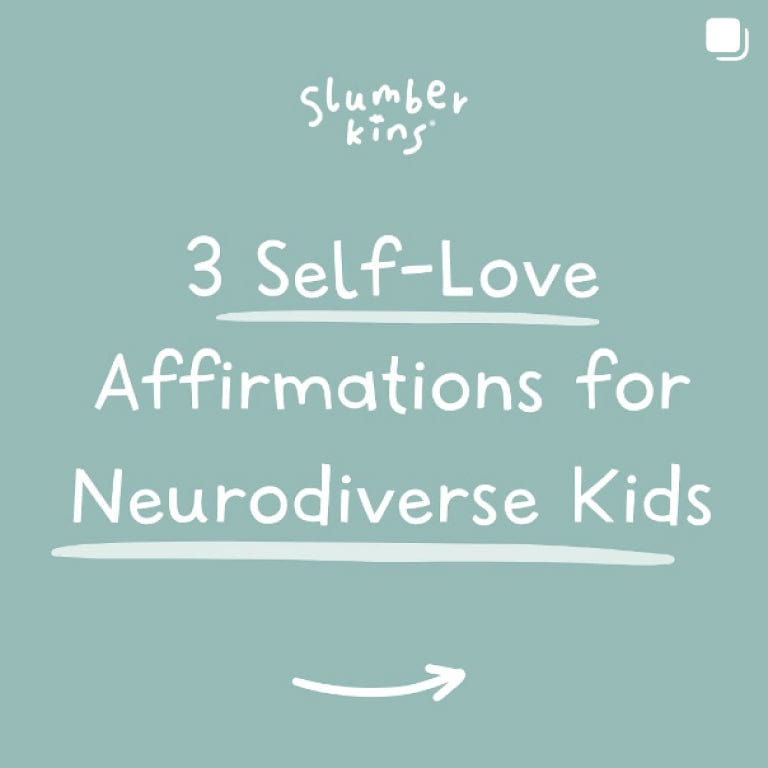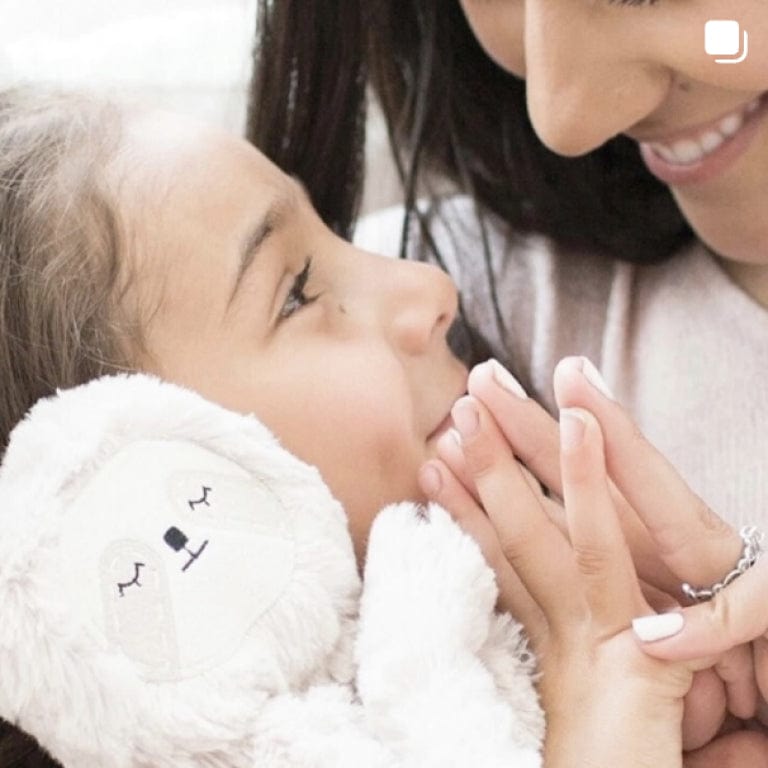The first day back at school can bring back to school anxiety not just for kids, but for parents too. Whether your child is excited, nervous, or a mix of both, this transition benefits from thoughtful support. Read on to learn how to help a child with anxiety about school and practical ways to help with school anxiety.
Understanding Back‑to‑School Anxiety
Back-to-school anxiety is common, especially in early childhood. For many children, it may be their first major transition away from home. For others, a new teacher, classroom, or peer group can feel overwhelming.
Signs your child may be experiencing school anxiety:
-
Tearfulness, clinginess, or school refusal
-
Physical symptoms like stomachaches or headaches
-
Difficulty sleeping
-
Repeated questions or worries about what will happen at school
It’s natural to wonder how to help a child with anxiety about school. Start by validating their feelings, normalizing their fears, and offering concrete reassurance.
Helping Your Child Build Emotional Resilience
One of the best ways to help with school anxiety is by preparing children emotionally. Resilience doesn’t mean ignoring worry, it means learning how to face it with support. Here are practices that make a difference:
Create Predictable Routines
-
Start a consistent morning routine at least a week before school starts.
-
Use visual schedules with images for tasks like getting dressed, brushing teeth, and packing a backpack.
Practice Positive Self-Talk
-
Introduce daily affirmations like “I am safe,” or “I can do new things.”
-
Slumberkins creatures like Bigfoot are perfect for reinforcing these internal messages.
Prepare Through Play
-
Role-play drop-off routines or social scenarios like making friends.
-
Use books and plushies to rehearse what the school day might feel like.
Use Transitional Objects
-
Provide a small comfort item (like Hedgehog or a Connection Heart) in their backpack.
-
Add a note or sticker that reminds them you’re thinking of them.
Encourage Emotional Check-ins
-
Ask open-ended questions like, “What part of school are you most curious about?”
-
Reflect their answers back without judgment.
Managing First-Day Jitters as a Parent
Parents experience anxiety too. It might show up as worry, sadness, or tension on the big day. Here are ways to care for yourself in the process:
Prepare and Plan Ahead
-
Organize school supplies and pack bags the night before.
-
Decide how you’ll say goodbye: a hug, a special handshake, or a phrase like "You've got this."
Practice Self-Kindness
-
If you tear up after drop-off, that’s okay. Plan to call a friend or take a moment to reflect.
-
Mark the milestone with celebration: coffee, a walk, or a treat.
Talk About It
-
Don’t bottle up emotions. Share your experience with other caregivers.
-
Journaling or talking with a partner can help you sort through what’s yours to carry and what your child simply needs mirrored support for.
10 Meaningful Ways to Announce Calm Mornings & Lower Anxiety
Here are tested ideas to make transitions smoother and emotional readiness stronger:
-
Visit the school in advance: Visit classrooms or meet the teacher before school starts. Familiarity reduces worry.
-
Pack together the night before: Let your child choose snacks or pick their outfit. Control and choice ease nerves.
-
Gift a transitional item: A tactile creature or comfort toy can serve as a home base during big transitions.
-
Read calming books: Choose simple book experiences about school feelings to open emotional conversation.
-
Meet calm peers: Arrange low-pressure playdates with classmates to ease social anticipation.
-
Look at milestone maps: Show them family calendars or countdown chains to visualize the next steps.
-
Create a morning melody: Pick a special song that plays each morning to signal safe energy and predictability.
-
Use affirmation notes: Hide simple sticky-note messages in lunchboxes or backpacks to “catch their eye” during the day.
-
Role-play transitions: Pretend to drop off or act out greeting friends. Practice soft goodbyes at home to reduce separation strain.
-
Celebrate check-ins: Establish a routine check-in after school where your child shares wins, challenges, and emotions.
Each strategy offers consistency, familiarity, or emotional grounding to help children (and parents) move through anxiety toward curiosity and confidence.
For Educators: Creating a Safe Start
Educators also carry emotional weight during the back-to-school transition. You may be anticipating elevated anxiety, mixed social-emotional readiness, or the unknowns of a new group.
Slumberkins curriculum and characters are designed to support this moment:
-
Sloth reinforces the value of slowing down and embracing routine.
-
Bigfoot helps build self-esteem through positive affirmations.
-
Otter nurtures a sense of belonging and community.
-
Hammerhead supports conflict resolution with tools for emotional regulation.
Integrate morning meetings, breathing exercises, and storytime with Slumberkins to help children transition smoothly while caring for your own emotional bandwidth.
You’ve Got This!
Big feelings are a natural part of big transitions. Whether you’re waving goodbye with tears in your eyes or watching your little one face new challenges with courage, know that you’re doing enough.
Let Slumberkins support you both with books, creatures, and affirmations that build emotional literacy and a community that reminds you: you’re not doing this alone.
Explore our Back-to-School Collection!
Frequently Asked Questions
How long should back to school anxiety last?
Most children adjust in 1–3 weeks depending on their routines and supports. If anxiety persists beyond that, consider reaching out to your pediatrician or a child therapist.
What if my child refuses to go?
Validate their fear. Keep consistency in routine. When possible, follow through gently; avoid negotiation fatigue. And connect with teachers for collaborative support.
Can Slumberkins tools help with ongoing school anxiety?
Yes! Our books on feelings for preschoolers and older kids, plus plush characters, offer comforting companionship and practical affirmations around change and feeling seen
